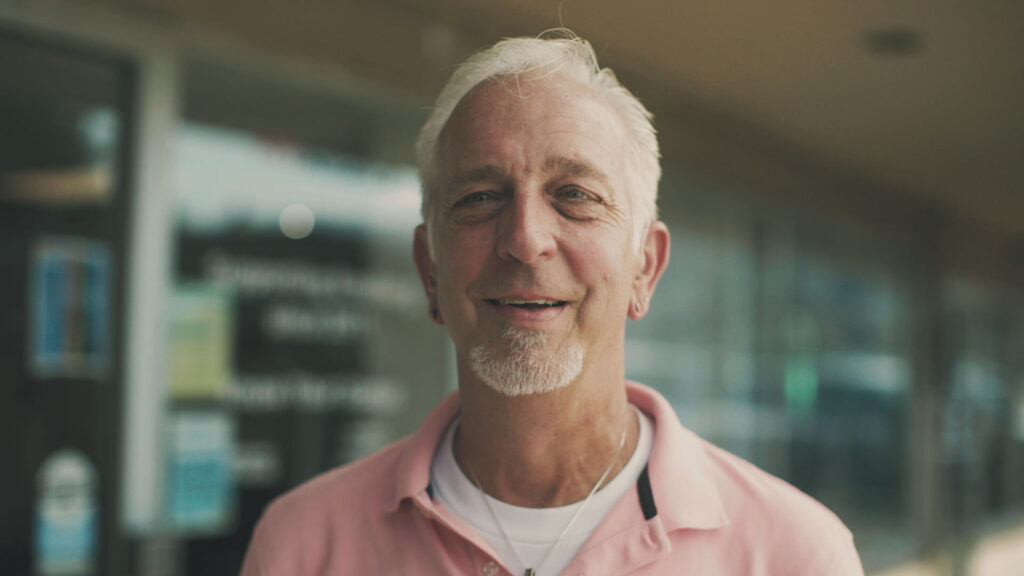Stay safe
Meeting you where you’re at.
Harm reduction is an approach that helps people use more safely by reducing the risks of drug use. Built upon the belief that all people have inherent value and should be treated with respect, harm reduction aims to meet people where they’re at to help them stay safe and prevent a fatal overdose.
Contact us for referrals to harm reduction services.
If you’re currently using alcohol or other drugs, there are actions you can take to keep yourself safer, and people and services available to support you, such as:
- Using clean needles and throwing away used ones safely.
- Testing your drugs for fentanyl and xylazine.
- Carrying and using Narcan.
- Knowing how to respond to an overdose with rescue breathing.
- Not using alone. Never Use Alone, a national overdose prevention helpline, provides virtual spotting services over the phone. Call them at 877-696-1996 or learn more about them at NeverUseAlone.com.
- Using less than normal. Start low and go slow.
- HIV and Hepatitis C counseling and testing.
Opioids are drugs that slow the body down and include heroin, fentanyl, and prescription painkillers. Opioid overdose happens when a person takes too much of an opioid or mixes opioids with alcohol or other depressants, like benzodiazepines (Xanax, Klonopin, Valium, etc.). When a person is experiencing an opioid overdose, the opioid receptors in their brain are flooded with the opioid, which begins to shut down their body, starting with breathing.
An overdose is an emergency that needs immediate medical attention. Call 9-1-1 right away if you see someone having an overdose or think they might be having an overdose, no matter what drug they have taken. In Oregon, if someone is overdosing and you get medical help for them, neither of you can be arrested or prosecuted for:
- Possessing drugs or drug paraphernalia.
- Being in a place where drugs are used.
- Violating probation or parole related to #1 or #2.
- Outstanding warrants related to #1 or #2.
Learn more about Oregon’s Good Samaritan law.
An overdose can happen seconds to minutes after use but can happen up to 3 hours after using opioids. A person having an overdose might:
- Have trouble breathing or be unable to breathe at all – listen for irregular snoring, choking, or gurgling sounds.
- Not respond when you talk to them or touch them.
- Have discolored skin – A person with light skin might look blue or grayish, with dark lips and fingernails. A person with dark skin might have gray or purple lips and skin, and bright white nail beds.
You can save a life. Overdose deaths can be prevented, and everyone can play a role.
Follow these steps:
- Check for overdose. Look for discolored skin and check their breathing. Tap, shake, and shout at the person to get a response. If they don’t respond, rub your knuckles hard on the center of their chest. If they still don’t respond, they are probably having an overdose.
- Call 9-1-1. Tell the operator the person is not breathing.
- Give naloxone (Narcan). It is safe, even if someone has not taken opioids.
- Give rescue breaths. Make sure their airway is clear, tip their head back, and pinch their nose. Give 1 breath every 5 seconds, for 3-5 minutes. If they don’t wake up, give a second dose of naloxone. Even if you don’t have naloxone, you can keep someone alive with rescue breaths.
- Stay and keep breathing for them until help arrives.

Reach out
Connect to hope.
Recovery can be a long road. We want to make sure that you stay safe and remain hopeful along the way.